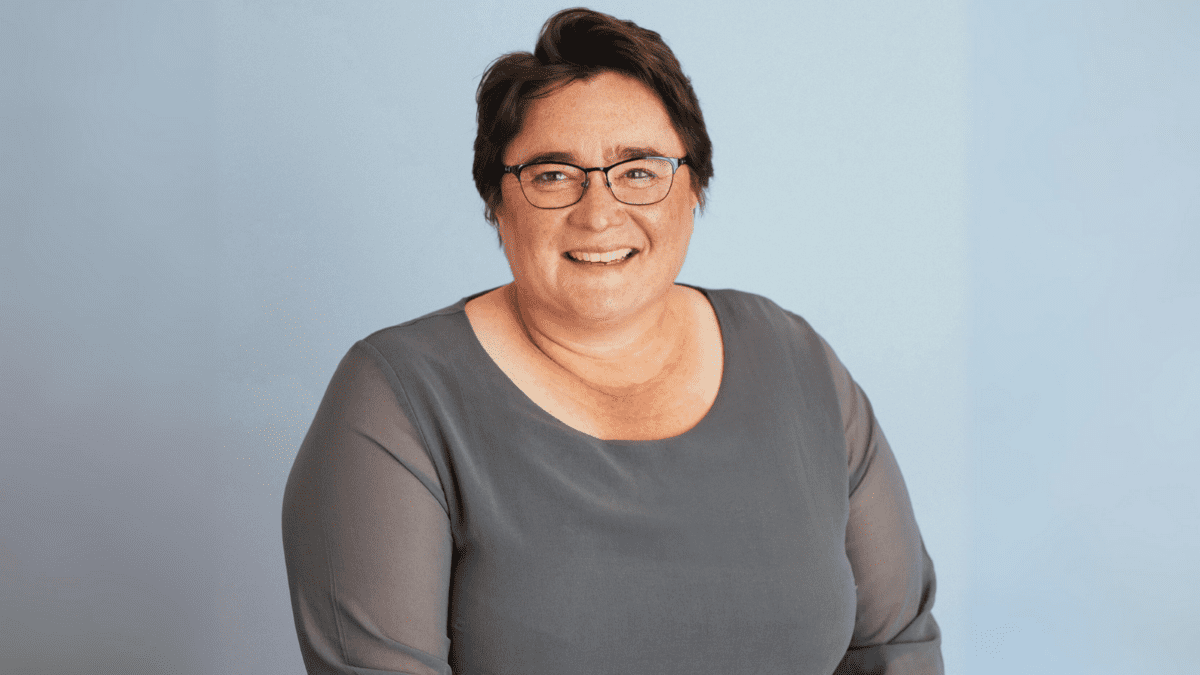‘Hivemind’ approach key to SMSF planning as retirement nears
The approach of retirement is for many Australians a source of both anticipation and anxiety, with the funding of post-retirement life presenting a growing concern as people live longer and seek long-term financial stability. The transition can be especially fraught for members of self-managed superannuation funds (SMSFs), making a strong investment strategy key ensuring to a comfortable future.
An SMSF investment strategy needs to factor in the impact on the fund of paying out benefits to members in retirement, as well as the risks involved in fund investments, according to Accurium principal Melanie Dunn. Pension planning gains greater strategic importance when the member retires, as fund investments are restructured toward retirement objectives, which may include selling assets or incurring capital gains or losses.
“When an SMSF member retires, they need to think about not only their personal investment strategy for retirement, but also how the decision to retire impacts the SMSF’s investment strategy,” Dunn told The Inside Investor ahead of the SMSF Association’s National Conference 2023, where she will lead a February 23 session called “Retirement investment strategies – a hivemind approach.”
The session, in keeping with the conference’s “hivemind” theme this year promoting a “collaborative approach to information sharing”, will cover advice on creating investment strategies that balance cash-flow objectives with managing risks members face in retirement, such as sequencing and liquidity risk.
“Deciding to retire is a big life decision, and a trigger to seek advice about your finances,” Dunn said. “A ‘hive’ of experts can help retirees maximise their retirement outcomes.”
New considerations for an SMSF upon a member’s retirement include paying member benefits from a pension or accumulation fund, transfer balance account reporting (TBAR), claiming exempt current pension income (ECPI) and apportioning expenses, and providing for estate planning and an exit plan, Dunn said.
“It is important that professionals work together with the SMSF members when making strategic decisions about retirement to avoid making costly mistakes,” Dunn said. She cited as an example the sale of fund assets around a member’s retirement: “Understanding the ECPI eligibility of the fund, combined with strategically timing when gains or losses are realised, can be material to the tax outcome for the SMSF.”
Retirees today are typically in defined-contribution superannuation schemes, requiring them to decide how to use their accumulated pool of super savings to pay themselves a regular retirement income. “It is no longer common to retire and receive a pension from your employer for life; most of these funds are closed or now pay a lump sum at retirement instead of a pension,” Dunn said.
“This means retirees need to consider how to invest their savings, how much to draw each year, and how long their retirement income needs to last,” she said.
“This is a complicated set of trade-offs, with some big unknowns. There is uncertainty around what investment returns and inflation will be year to year, and how long the retiree will live; planning for retirement given these uncertainties is complex.”
Addressing SMSF members’ needs
SMSFs are better positioned to tailor a retirement strategy that suits members’ needs than are larger, Australian Prudential Regulation Authority-regulated super funds, which need to cater to large member cohorts, Dunn noted.
“Compared to an APRA fund, SMSF trustees will know the financial situation and retirement objectives of the members and may already have a hive of professionals around them to assist in creating a strategy to suit their retirement objectives,” she said.
Creating a retirement investment strategy requires the balancing of complex and competing objectives; strategies focussed solely on the accumulation phase are generally more straightforward.
“In accumulation, an SMSF investment strategy may be focused on long-term growth; there is little need for liquidity and no sequencing risk since there are no withdrawals from the fund,” Dunn said. When the member retires and the fund begins paying benefits, investing for growth may still be important, given retirement could last for decades.
“As members transition to retirement, a good starting point is to do a budget and understand their spending requirements,” she said. “What are the ‘needs’ that they can’t do without… and what are their lifestyle ‘wants’ that will help them enjoy their retirement?
“More Australians than ever are retiring, and they are retiring with more in savings in superannuation. This trend is expected to increase as those who have had the benefit of the superannuation guarantee contributions over their working life start to retire.”
The SMSF Association is hosting this year’s National Conference at the Melbourne Convention and Exhibition Centre from February 22-24.









